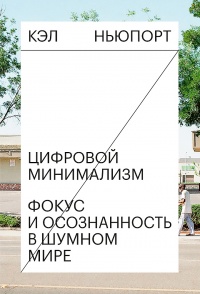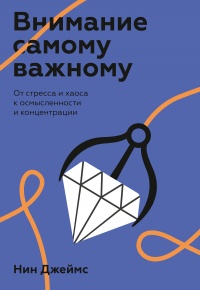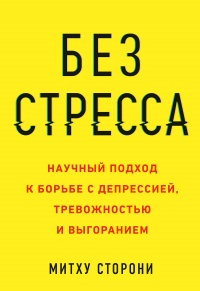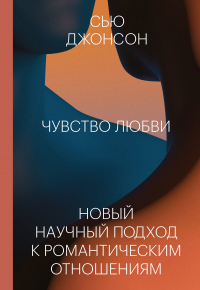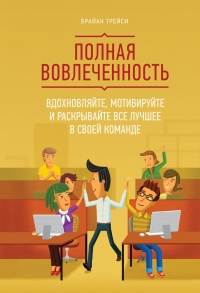Книга Метавнимание. Как сохранять продуктивность и удерживать фокус в цифровой реальности - Глория Марк
На нашем литературном портале можно бесплатно читать книгу Метавнимание. Как сохранять продуктивность и удерживать фокус в цифровой реальности - Глория Марк полная версия. Жанр: Психология / Блог. Онлайн библиотека дает возможность прочитать весь текст произведения на мобильном телефоне или десктопе даже без регистрации и СМС подтверждения на нашем сайте онлайн книг knizki.com.
Шрифт:
-
+
Интервал:
-
+
Закладка:
Сделать
Перейти на страницу:
Перейти на страницу:
Внимание!
Сайт сохраняет куки вашего браузера. Вы сможете в любой момент сделать закладку и продолжить прочтение книги «Метавнимание. Как сохранять продуктивность и удерживать фокус в цифровой реальности - Глория Марк», после закрытия браузера.
Книги схожие с книгой «Метавнимание. Как сохранять продуктивность и удерживать фокус в цифровой реальности - Глория Марк» от автора - Глория Марк:
Комментарии и отзывы (0) к книге "Метавнимание. Как сохранять продуктивность и удерживать фокус в цифровой реальности - Глория Марк"




















